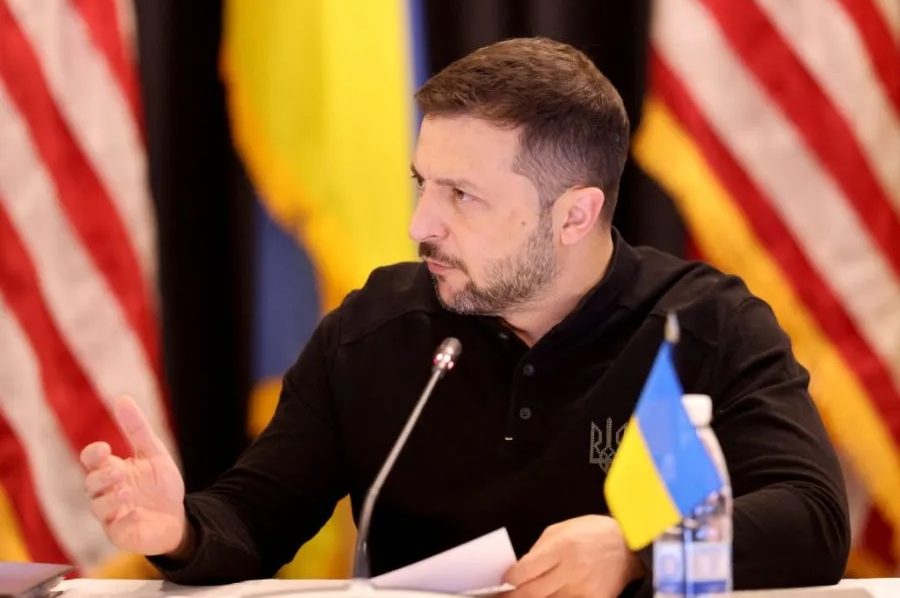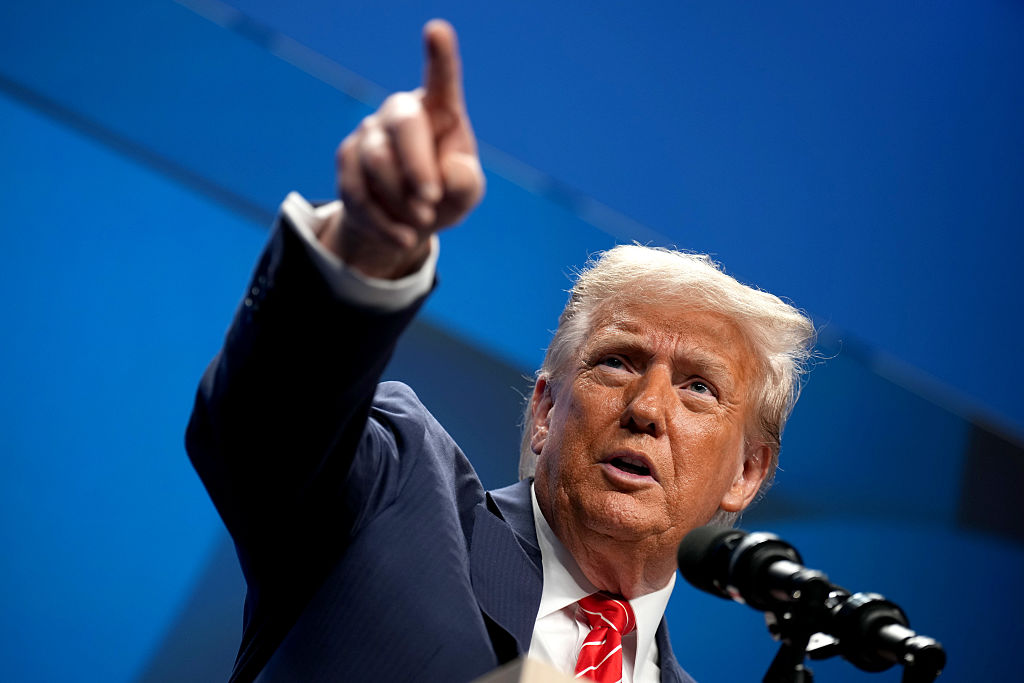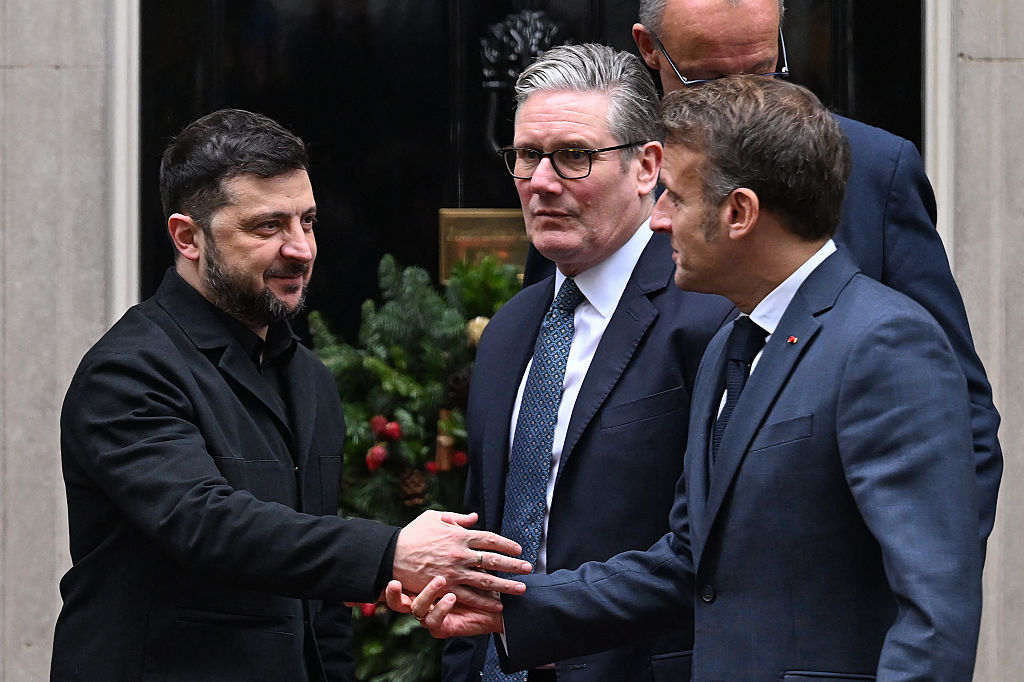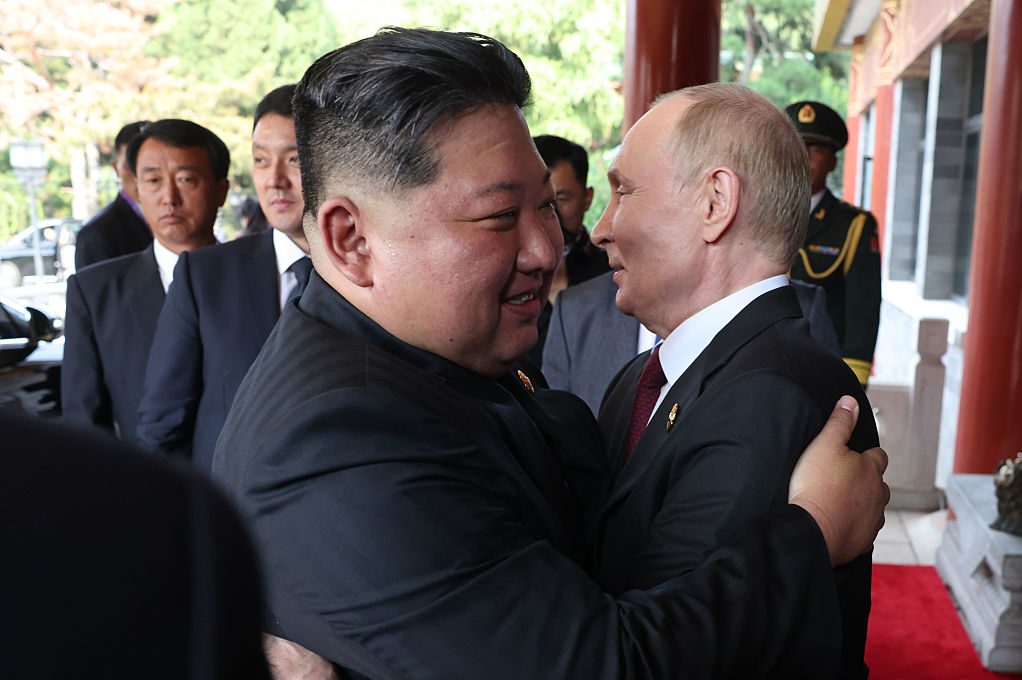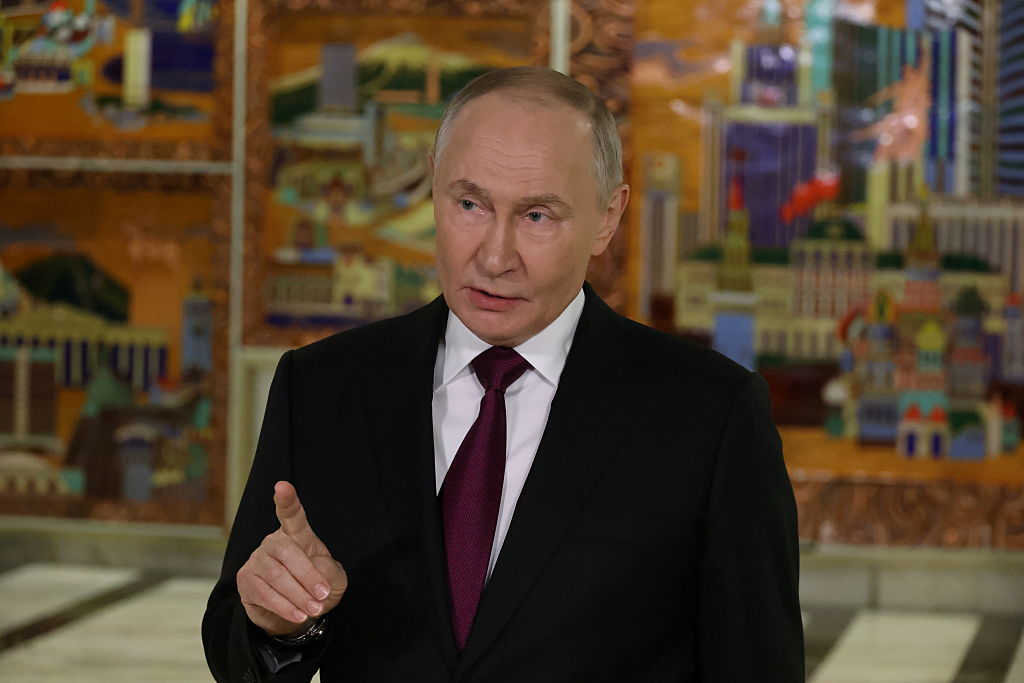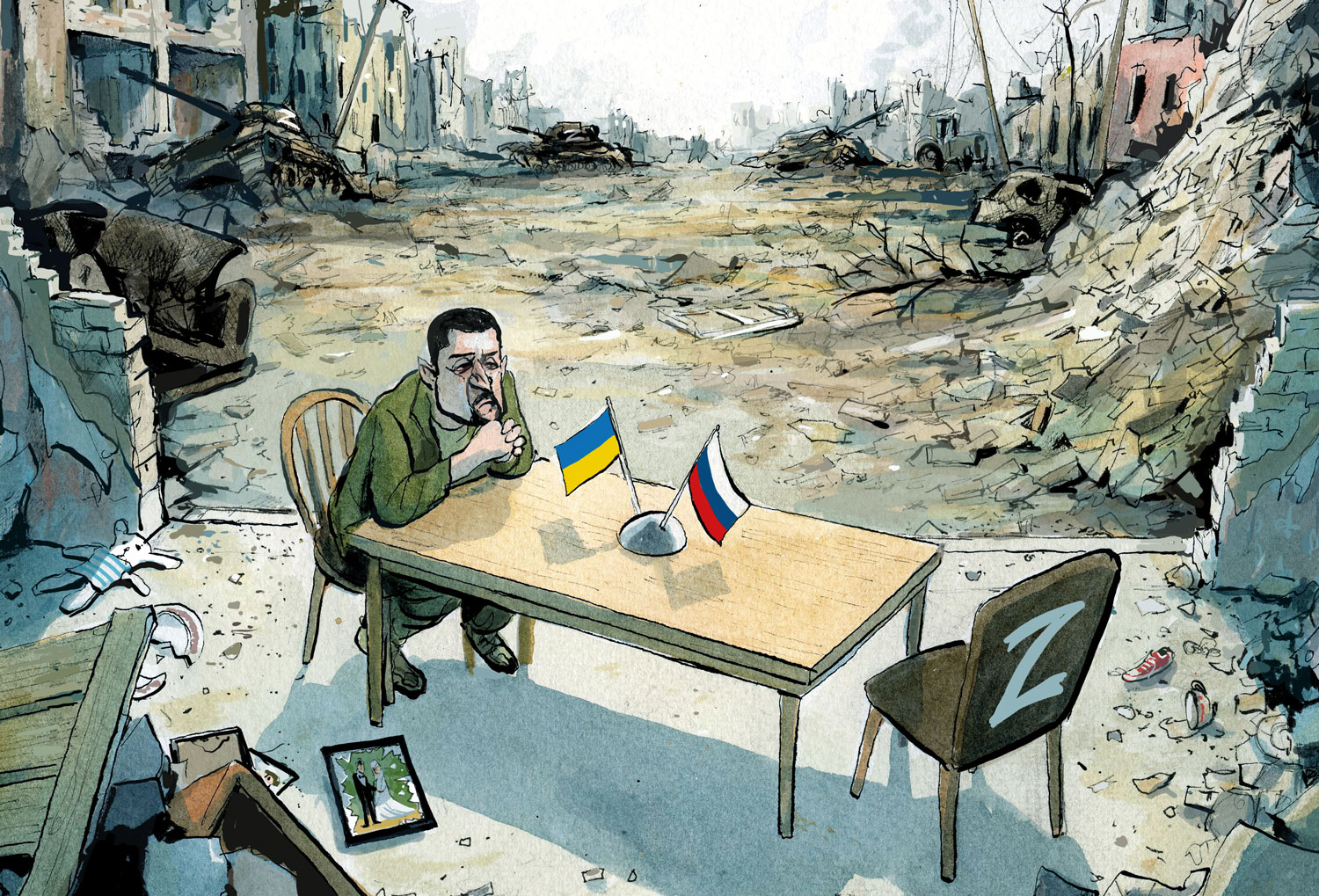President Joe Biden has hinted that the United States may shortly lift the restrictions it has placed on Ukraine’s use of long-range weapons. Until now, the US has forbidden the Ukrainian armed forces from using ATACMS tactical ballistic missiles to strike targets far beyond the border with Russia; this policy has been mirrored by the United Kingdom, which limits how the Storm Shadow cruise missiles it has supplied can be used. This change in policy, if it does materialize, is overdue, but welcome.
ATACMS and Storm Shadow missiles give Ukraine the ability to hit targets hundreds of miles away: the former has a range of around 190 miles, the latter more like 250 miles. In theory, this should allow Ukraine to launch strikes on Russian command and control centers, infrastructure and supply lines, allowing it to do much more than simply resist the military forces already occupying Ukrainian territory. It allows the possibility of a much more dynamic and hard-hitting strategy, one which sums up the well-worn maxim that you kill the archer, not the arrow.
No one sees the war ending with Ukrainian forces rolling triumphantly into Moscow
Currently, however, targets beyond the border region are out of bounds. Ukraine has been allowed to attack sites from which Russian missiles are being launched against its civilian population, but restrictions imposed by America and Britain continue to limit it to a defensive and reactive approach. The ostensible justification is to avoid “escalation” of the conflict. This is code for Vladimir Putin’s threats to use tactical nuclear weapons, but it is also deeply insulting: the citizens of Kyiv and Poltava and Kharkiv and Kherson, pounded by Russian missiles, are likely to feel that the conflict has already “escalated” beyond what is tolerable.
No one should act recklessly where nuclear weapons are involved, but all the indications are that Putin’s saber-rattling is just that. Russian nuclear doctrine clearly contemplates the use of tactical or even strategic weapons only if the country is faced by an existential threat or by the use of nuclear weapons against it. Indeed Putin has, in fact, said on several occasions — apparently unheard by those panicking in Washington and London — that he sees no need to use tactical nuclear weapons.
Putin does not bring up the issue of nuclear weapons simply out of mischief though. He wants the West to be very clear that the deployment of NATO ground troops to Ukraine, for example, would raise the stakes significantly. But there is no serious appetite in the West for that kind of escalation: indeed, with the possibility of Donald Trump becoming president again and scaling back support for Ukraine, and Germany’s Olaf Scholz urging a swift conclusion to the war, the danger is not too much Western involvement but too little.
The fear of nuclear escalation is a chimera, either genuinely but mistakenly believed by Western policymakers or a convenient excuse for inaction. It has to be put aside. Volodymyr Zelenskyy has been quite clear about his military needs. “We need to have this long-range capability not only on the occupied territory of Ukraine, but also on the Russian territory, so that Russia is motivated to seek peace,” the Ukrainian president told reporters at a summit in Germany last week.
This encapsulates the two objectives to which freedom to use long-range missiles would contribute. First, by allowing Ukraine to strike at high-value targets well behind the border, it would disrupt and degrade Russia’s offensive capacity and force it to pull aircraft and missile launch sides back, restricting their range. Second, that reduction in Russia’s military advantage would have a direct effect on any negotiations to end the conflict. No one sees the war ending with Ukrainian forces rolling triumphantly into Moscow, so the focus must be on creating a military situation which is as favorable as possible to Ukraine at Moscow’s expense.
British prime minister Keir Starmer will visit the White House on Friday. The prime minister should urge President Biden to scrap these restrictions and follow suit for UK-supplied Storm Shadow missiles. We are forcing Ukraine to fight with one hand tied behind its back, in a conflict where it is faces an adversary of vastly greater size and population. Russia does not face an existential threat: as former British defense secretary Ben Wallace told the BBC’s Ukrainecast last week, these weapons are not going to be fired at Moscow but at military and infrastructure targets in western Russia.
Ukraine faces an existential threat. If Vladimir Putin wins this war, we know that he will effectively erase Ukraine as a state, a nation and a people. We have the opportunity to help our allies in their time of desperate need, and to frustrate a major geopolitical rival, at very little cost to ourselves. It is outrageous for us to presume to instruct Ukraine on how to fight a war of survival. Our friends in Kyiv are asking us explicitly for something which we can so easily give. End the restrictions. End them now.
This article was originally published on The Spectator’s UK website.



